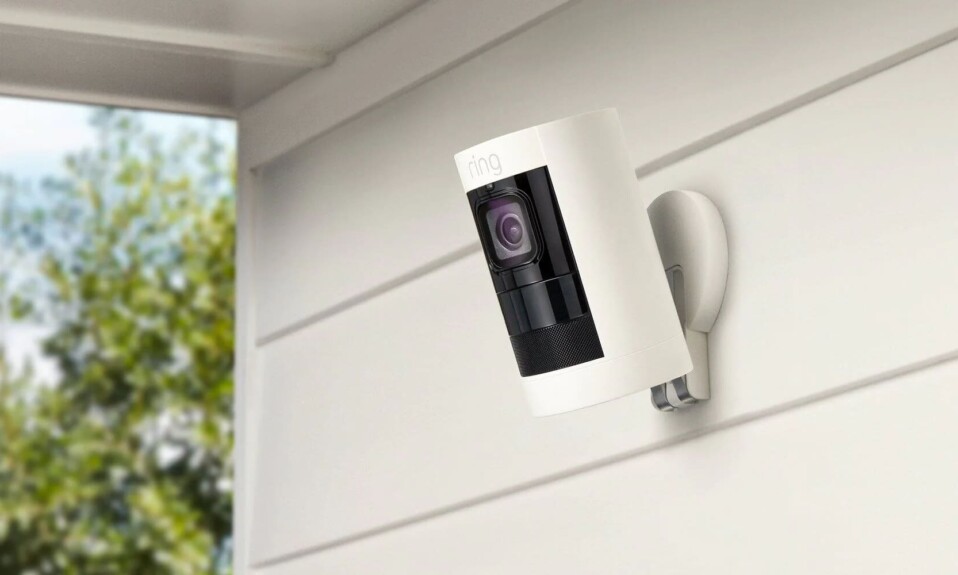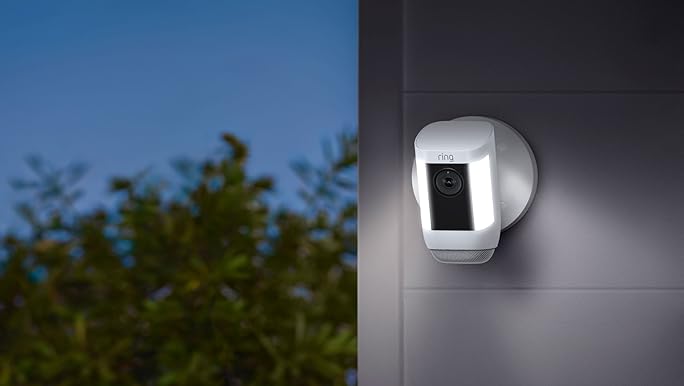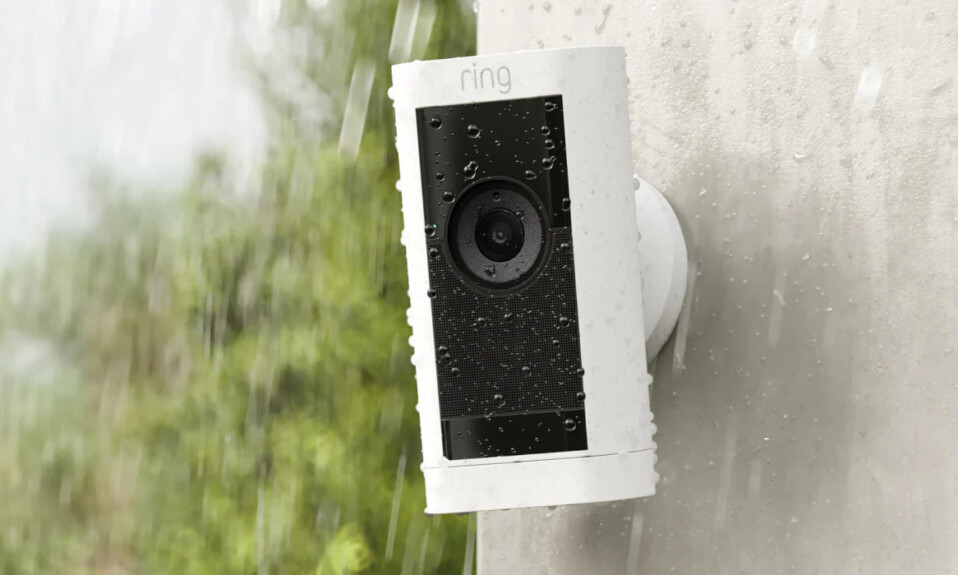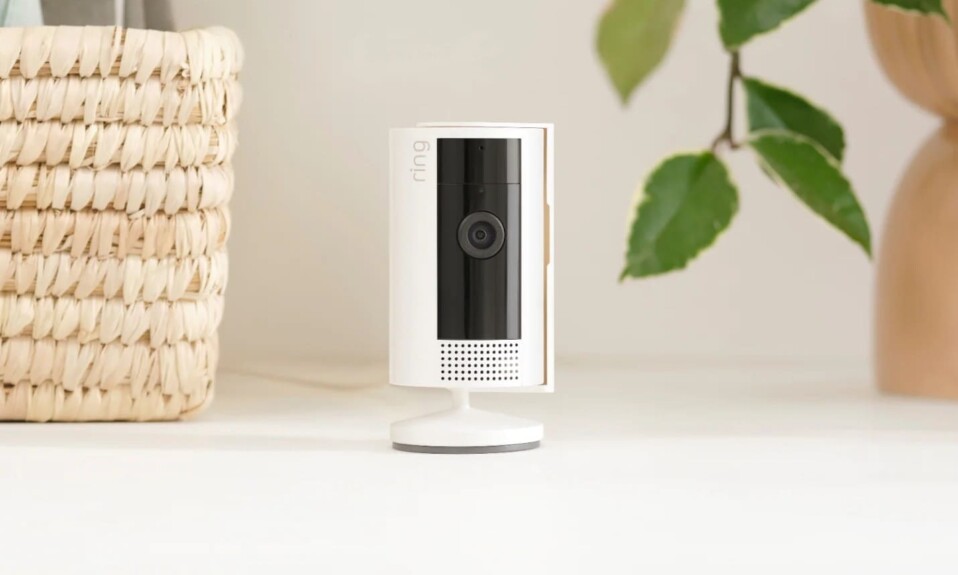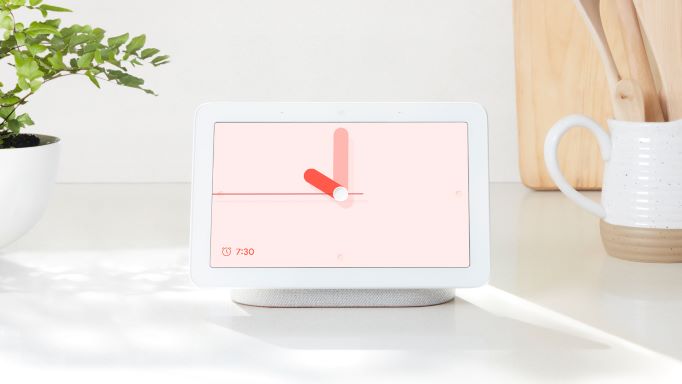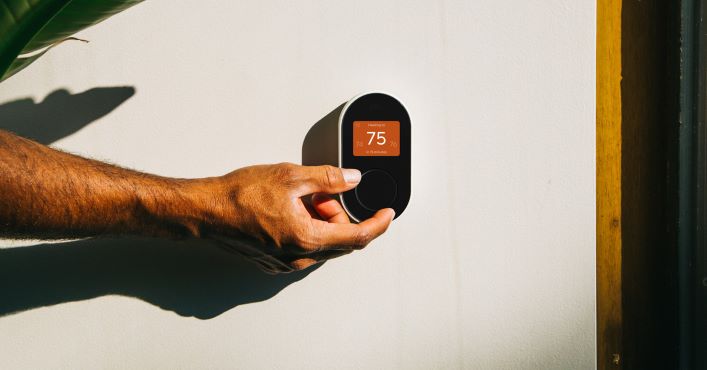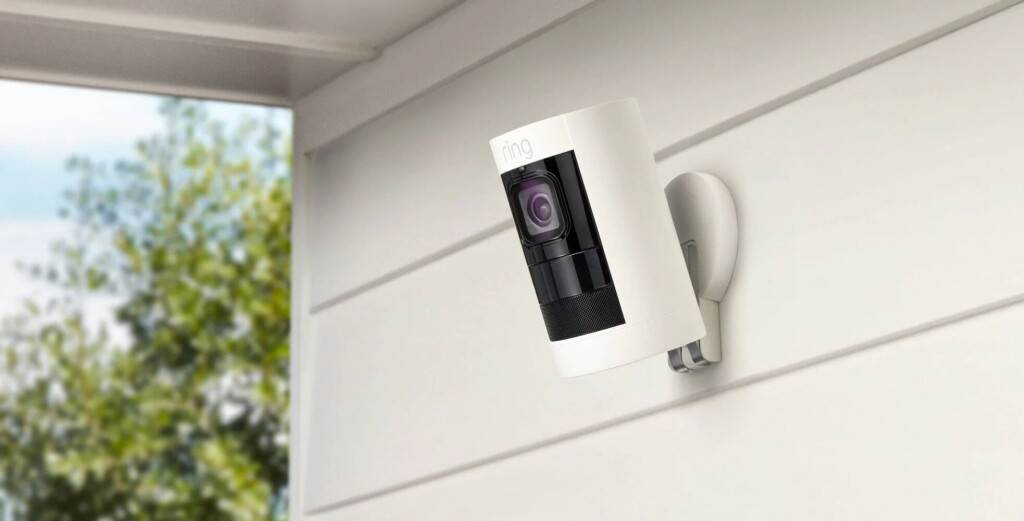
If you depend on Ring cameras to monitor your home, it’s natural to be concerned about the possibility of hackers gaining access and breaking your privacy.
Unfortunately, the answer is yes, hackers can exploit vulnerabilities and pose a threat to your privacy.
Unauthorized access to this device is possible for hackers who exploit vulnerabilities in the camera’s software, your home network, or any interconnected devices, taking advantage of potential weaknesses in their security.
This article is written to provide you with practical insights on protecting your Ring cameras from potential hackers.
By implementing these measures, you can take proactive steps to enjoy the benefits of modern home security while staying safe from cyber threats.
Sommaire
How To Prevent Ring Cameras From Being Hacked?
Now you know that hackers can get into your camera and you know that if they succeed it will be a disaster for you, so in this chapter, I am going to show you some tips that you can implement to secure your Ring Cam and avoid these kind of threats.
Tip 1: Create a Strong Password.
Start by creating a strong password for your Ring account. Avoid using simple ones like “abcde” or “12345.” Instead, mix things up.
Use a combination of upper and lower case letters, numbers, and special characters. This creates a complex password that’s harder for hackers to crack.
Think of your password as a lock on your digital door. The tougher it is, the safer your Ring camera will be.
But it’s not a one-time job. Just like you change the locks on your house every once in a while, regularly update your Ring password. This helps keep your account secure, especially if a hacker tries to break in multiple times over a period.
Tip 2: Enable Two-Factor Authentication.
Enhance the security of your Ring account by enabling two-factor authentication (2FA). This extra layer of defense acts as a digital bodyguard, ensuring that even if someone manages to get hold of your password, they still need an additional verification step to access your account.
Here’s how it works: Once you enter your password, 2FA requires a second form of verification, typically sent to your mobile device. It could be a unique code generated in an authentication app or sent to you via text.
This means that even if a hacker somehow obtains your password, they won’t be able to get into your account without the second, time-sensitive code.
Here’s how to enable this feature:
- Open your Ring app.
- Tap to open the menu in the upper-left corner of your screen.
- Tap Account.
- Tap Two-Step Verification under Account Security.
- Tap Turn on Two-factor.
- Enter your password.
- Enter the mobile phone number for receiving two-factor authorization codes.
- Enter the six-digit code that was texted to your phone.
- Tap Continue.
Tip 3: Update The Device Firmware & The Ring App.
Keeping your Ring app updated is another thing you have to do to maintain the security of your device against cyber threats. Developers consistently release updates that not only fix bugs but also enhance security measures which make it harder for anyone to mess with your camera.
How to Update the Ring App:
For iOS Devices (iPhone/iPad):
- Open the App Store.
- Tap on your profile icon in the top right.
- Scroll down to the Ring app and tap “Update” if available.
For Android Devices:
- Open the Google Play Store.
- Tap the menu icon (three horizontal lines) in the top left.
- Select “My apps & games” and find the Ring app. Tap “Update” if prompted.
Keeping the camera’s firmware current is also essential to address any vulnerabilities that hackers may exploit. Updating the firmware is a simple process – just connect your camera to the internet, and it will do it automatically without any intervention from your side.
Tip 4: Secure Your Home Network.
A secure network is crucial for safeguarding your Ring camera. When your network is strong, it acts as a reliable barrier against potential cyber threats.
Here are five simple steps to fortify your home network:
- Change Your Router’s Default Password: Use a strong, unique password for your router. Default passwords are often known to hackers, so changing them adds an extra layer of defense.
- Enable WPA3 Encryption: Update your Wi-Fi encryption to WPA3. This protects your network from unauthorized access and ensures that only authorized devices can connect.
- Create a Guest Network: Set up a separate network for guests. This way, even if someone gains access to your guest network, they won’t have access to your main devices.
- Update Router Firmware: Just like your Ring camera, routers need updates. Check for firmware updates regularly to patch any security vulnerabilities.
- Enable Network Firewall: Most routers have built-in firewalls. Make sure yours is enabled to monitor and control incoming and outgoing network traffic.
Tip 5: Don’t Access Your Ring Camera on Public Wi-Fi.
When it comes to protecting your Ring camera, steer clear of accessing the Ring app while connected to public Wi-Fi networks. Public Wi-Fi, often found in cafes, airports, or hotels, can be a playground for hackers.
Here’s why avoiding it is a smart move:
- Snooping Risks: Public Wi-Fi is like an open book, and your data can be easily intercepted by cyber eavesdroppers. Hackers on the same network can potentially monitor your online activities.
- Man-in-the-Middle Attacks: In a public Wi-Fi setting, hackers might employ man-in-the-middle attacks, intercepting communication between your device and the internet. This could expose sensitive information, including your Ring camera data.
- Unsecured Networks: Public Wi-Fi networks are often less secure than your home network. By refraining from using the Ring app on public Wi-Fi, you minimize the risk of unauthorized access to your account.
To keep your Ring camera and personal data safe, make it a practice to access the Ring app only when connected to secure and trusted networks or you can use a VPN if you want to access from a public Wi-Fi.
Tip 6: Turn Off Unused Devices.
When you’re not actively using your connected devices—be it your smartphone, computer, or any other gadget—take a moment to disconnect them. This simple habit acts as a strategic defense against potential hackers trying to use these devices as entry points to infiltrate your Ring cameras.
By disconnecting devices when not in use, you limit the window of opportunity for hackers. Unplugged devices are essentially locked doors, minimizing the chances of unauthorized access.
Final Words.
Securing your Ring camera is a straightforward task with big benefits. From crafting a strong password to doubling up with two-factor authentication, updating regularly, and staying cautious with Wi-Fi, each step plays a role.
So make sure to implement these security measures to your camera to stay safe and away from any digital threats.
- Does Ring Camera Work Without Subscription? - January 23, 2024
- How To Secure Ring Camera From Hackers? - January 15, 2024
- Ring Camera Not Picking Up Motion? – (Here’s The Solution). - January 11, 2024


